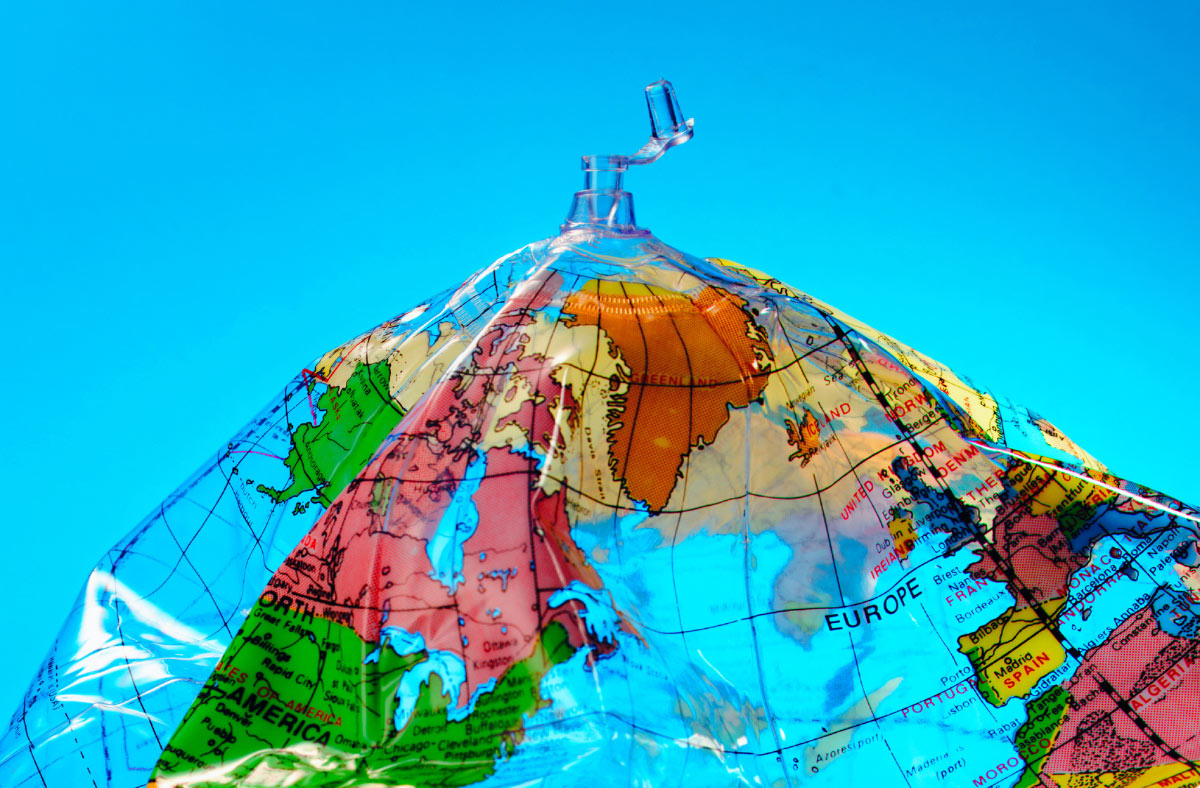 Most small- and medium-sized companies will not have a substantial budget for conducting international trade research. These companies will often rely on secondary research as much as possible. However, many research projects will also involve primary research and the collection of quantitative and qualitative data. Researchers should plan research phases so that the completion of one phase will direct the next one.
Most small- and medium-sized companies will not have a substantial budget for conducting international trade research. These companies will often rely on secondary research as much as possible. However, many research projects will also involve primary research and the collection of quantitative and qualitative data. Researchers should plan research phases so that the completion of one phase will direct the next one.
Researchers must consider four questions when designing an export research project:
- What information needs to be known?
- How accurate must the information be?
- What is the available timetable?
- What is the available budget?
1. What information needs to be known?
Researchers must determine which research objectives can be included in the research project, and if any must be left out because of time constraints or budgetary restraints, or because obtaining the information to meet the objectives might not be possible.
While researchers are considering the objectives, they should be thinking about how they can obtain the information to meet them and whether this information is likely to be already available in some form. This will help guide the research design.
Here are some examples of the type of information required and how it might influence a company’s research design:
- The number of units of a product sold in a potential new market over the past five years is quantitative data that is likely to be available in some form. It can be gained through secondary research; for example, a market research report or a trade report obtained online.
- The number of customers in a new target market who are dissatisfied with a service the company is considering replacing would be quantitative data that is unlikely to be available. To acquire this information, you would need to perform primary research; for example, a survey asking a sample selection of customers to see if they are satisfied or dissatisfied.
- The features of a car that are most appealing to consumers in a new international market are qualitative data that might be available in some form. To acquire it, you can start secondary research into the characteristics of the best-selling cars in the market, if available, followed or enhanced by primary research to determine customer preferences.
- The regulations for selling pharmaceutical products in a potential new market is descriptive data that is likely to be available in some form. It can be found through secondary research; for example, government regulations posted online.
2. How accurate must the information be?
It seems logical that company decision makers will want information provided by international trade research to be as accurate as possible.
However, ensuring accuracy in some cases can mean that research costs become prohibitively expensive. For some research projects, a research objective can be met without needing a high level of accuracy. For example, when a company wants to know the size of a potential new market and general data indicate that it is very large, conducting in-depth research to determine the exact market size might be an unnecessary expense.
The need for accuracy will always be linked to how the data obtained by the international trade research will be used and the financial implications of using the data. Researchers must always consider the reliability of information they can obtain when considering the research design.
3. What is the available timetable?
The two factors that influence the research project’s timetable are the deadline and how long the planned research activities will take to conduct. Researchers will only be able to make a realistic estimate of timelines for conducting research when they have experience with similar research projects. For small and medium-sized enterprises, estimating the time required for research might therefore be difficult.
In many cases, the deadline for research will be driven by external events. If a research project must be completed within only a few weeks to meet a deadline, such as signing a contract with a foreign exporter, the research will necessarily have to be completed quickly.
4. What is the available budget?
In an ideal world, a company would have an unlimited budget for conducting accurate and essential international trade research. However, many companies will have to allocate research funds from a marketing budget, which might be small. Company decision makers will have to decide which funds are available and balance the need for the research against other pressing business needs.
Decision makers must also consider the financial implications of actions that will be taken on the basis of the research. If a potential business venture will have relatively low financial returns in the short term, it will not be worthwhile for a company to spend large amounts on researching the most appropriate method for marketing a product in the new market.






disqus comments